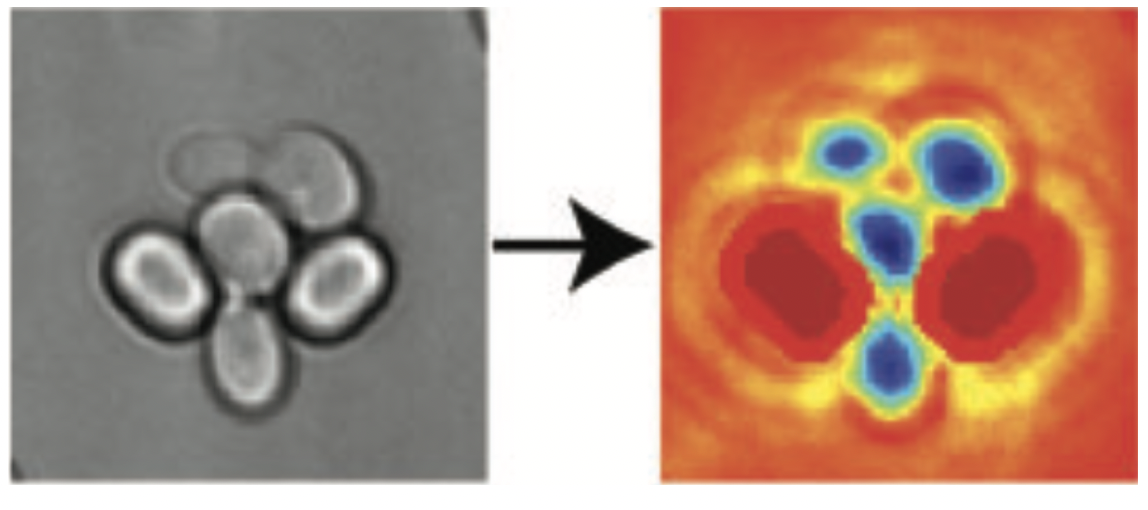Project description
Fungal infections are often caused by yeast species called Candida. Around 99% of isolates of the most common, Candida albicans, are susceptible to the standard therapy fluconazole, but some infections still do not heal. A fraction of the population - and their offspring - are able to grow in concentrations of drugs that kill most cells. This phenomenon is thought to be epigenetic: Tolerant cells are not genetically distinct, but have launched a stress response, which includes transporter proteins that actively expel drugs.
In this project, we will use quantitative time-lapse microscopy and mathematical modelling to study tolerance and epigenetics in the model yeast Saccharomyces cerevisiae and the pathogen Candida albicans.
Our focus will be to develop a quantitative understanding of the heterogeneous expression of transporter proteins that actively expel drugs, an epigenetic phenomenon likely generated by positive feedback within the genetic network regulating the transporters' expression. Our aim is to test the simple hypothesis that the activity of the transporter increases its own expression, similar to the bi-stability in S. cerevisiae's GAL network.
The results will give mechanistic insight into how epigenetics allows tolerance, a clinically relevant phenomenon, to be maintained within populations of pathogenic fungi.

Relevant Literature
- Berman, J., and Krysan D. J. (2020). Drug resistance and tolerance in fungi. Nature Reviews Microbiology 18.6: 319-331.
- Bheda, Poonam, et al. (2020). Single-cell tracing dissects regulation of maintenance and inheritance of transcriptional reinduction memory. Molecular Cell 78.5: 915-925.
- Crane, M. M., Clark I. B. N., Bakker E., Smith E., Swain P. S. (2014) A microfluidic system for studying ageing and dynamic single- cell responses in budding yeast. PLoS One 9.6: e100042.
- Waibel, D.J.E., Shetab B., S., and Marr, C. (2021). InstantDL: an easy-to-use deep learning pipeline for image segmentation and classification. BMC Bioinformatics 22, 103.
